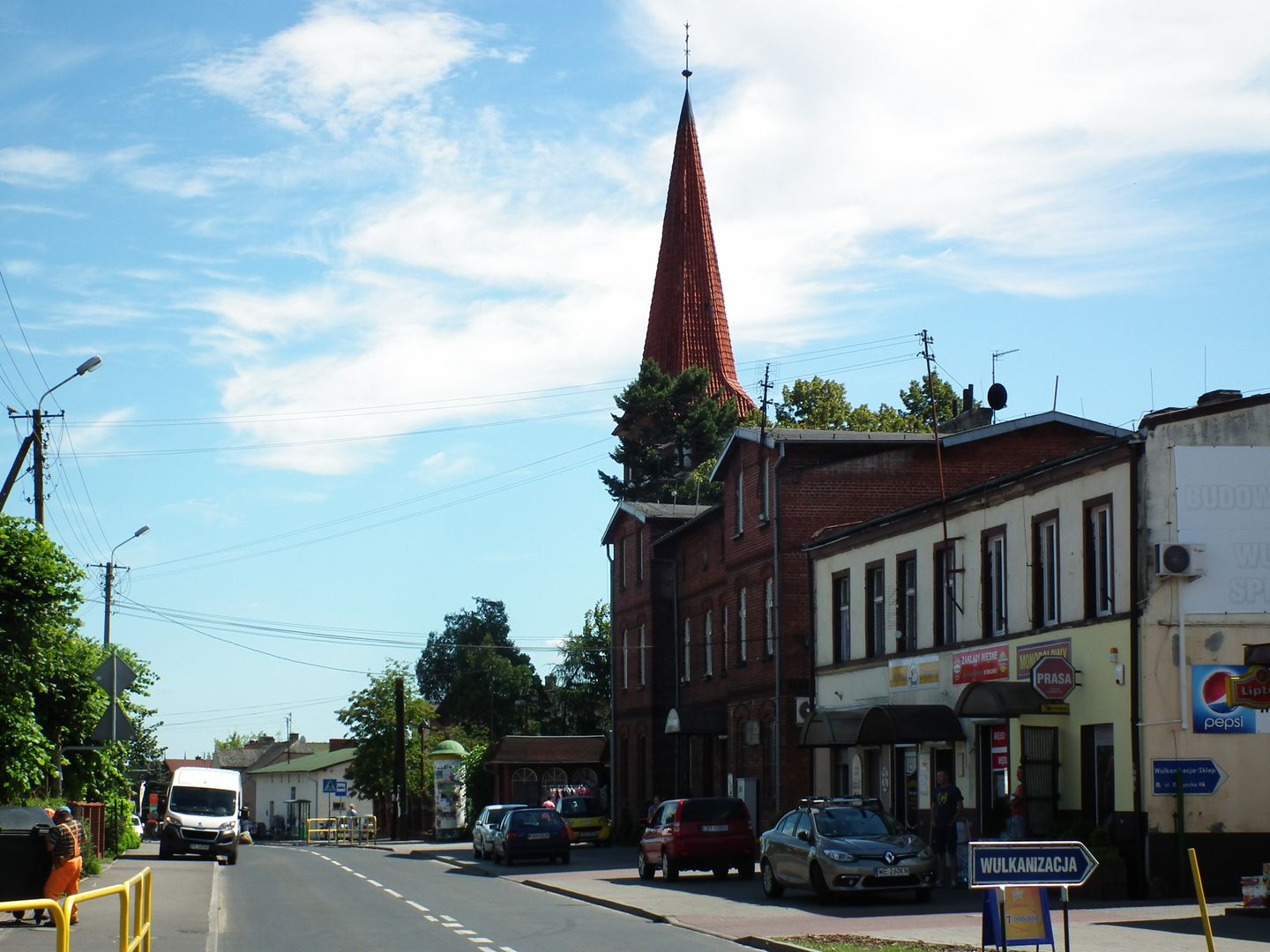Chełmno Oakwood
6.23

Overview
Dąbrowa Chełmińska, a village in the Kuyavian-Pomeranian Voivodeship, serves as the seat of the municipality of the same name. Located on a moraine upland in the historic Chełmno Land, its history dates back to 1285, when it was a Teutonic fee-paying village. In 1466, under the Treaty of Toruń, Dąbrowa was incorporated into the Kingdom of Poland. Over the centuries, the village became a settlement for German colonists, mostly Evangelicals, which influenced its cultural character. Echoes of this history are still visible in the architecture, including the branch church of the Assumption of the Blessed Virgin Mary, which was originally Evangelical. Dąbrowa Chełmińska is also home to the Celestyn Kamiński School Complex, the Municipal Center for Culture and Sports, and the Municipal Public Library, reflecting the community's vibrancy. Interestingly, the village was once a local center for the German Evangelical community, with a well-developed school infrastructure. A bicycle route runs through the area, and its proximity to nature reserves makes it ideal for recreation and tourism. Dąbrowa Chełmińska also witnessed dramatic events during World War II, including brutal actions by the Selbstschutz and a battle in 1945, after which the village was resettled by Poles from various regions of the country. A notable resident of Dąbrowa is Janusz Dzięcioł, a politician. It is also worth mentioning the fish processing plant that operated in the village from 2010 to 2021, employing around 200 people. Dąbrowa Chełmińska combines a rich cultural heritage with dynamic modern development.
Location
2025 Wizytor | All Rights Reserved